Ethics is a system of moral principles and a branch of philosophy that defines what is good for individuals and society.
We can only grow if others are also growing. Here are some examples of how people have demonstrated goodness in the world:
Being good is not always easy. If we strive to live by the principles of kindness, compassion, honesty, integrity, justice, fairness, selflessness, benevolence, resilience, and forgiveness, we can make a positive difference in the world and become the best versions of ourselves.
Source: Indian Express
About: The Klyuchevskoy volcano, one of the highest active stratovolcanoes volcanoes in the world erupts in Russia’s northern Kamchatka Peninsula, Russia.
About Stratovolcanoes: They have relatively steep sides and are more cone-shaped than shield volcanoes. They are formed from viscous, sticky lava that does not flow easily.
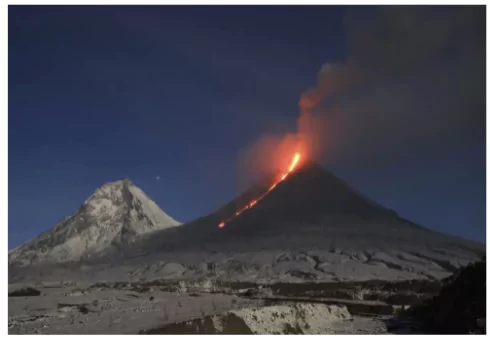
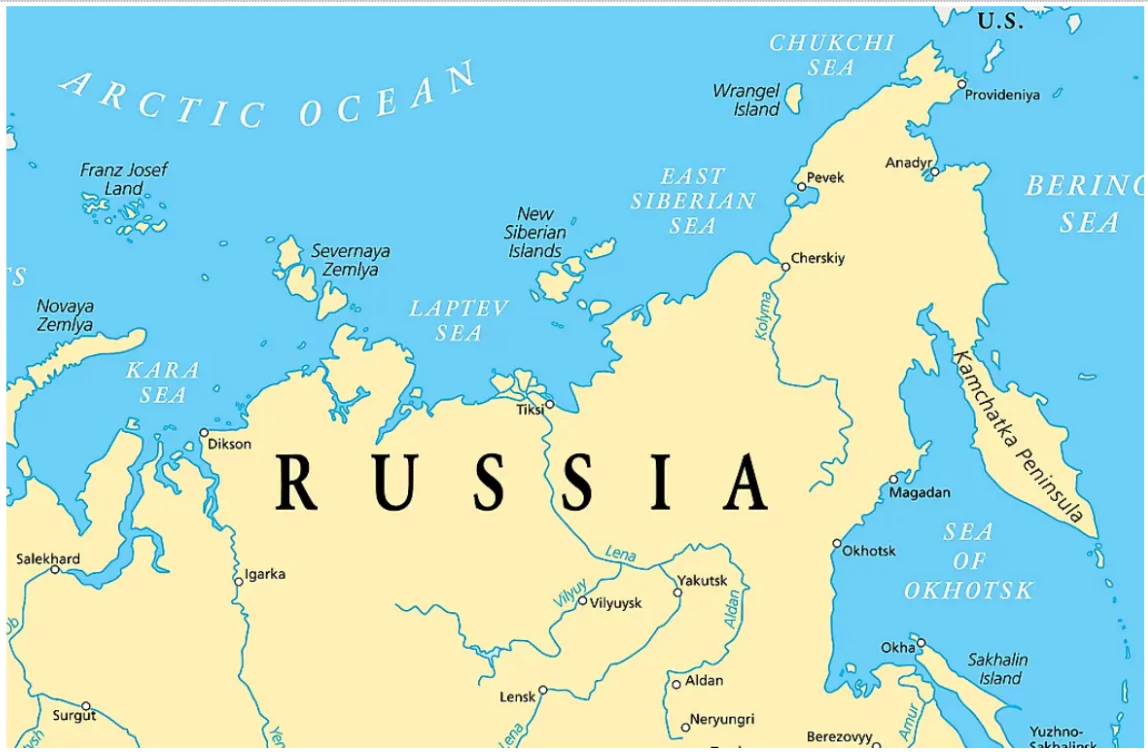
What are Non-Banking Financial Companies NBFCs?
What is not considered under NBFCs?
What is IL&FS default?
|
|---|
Source: Indian Express
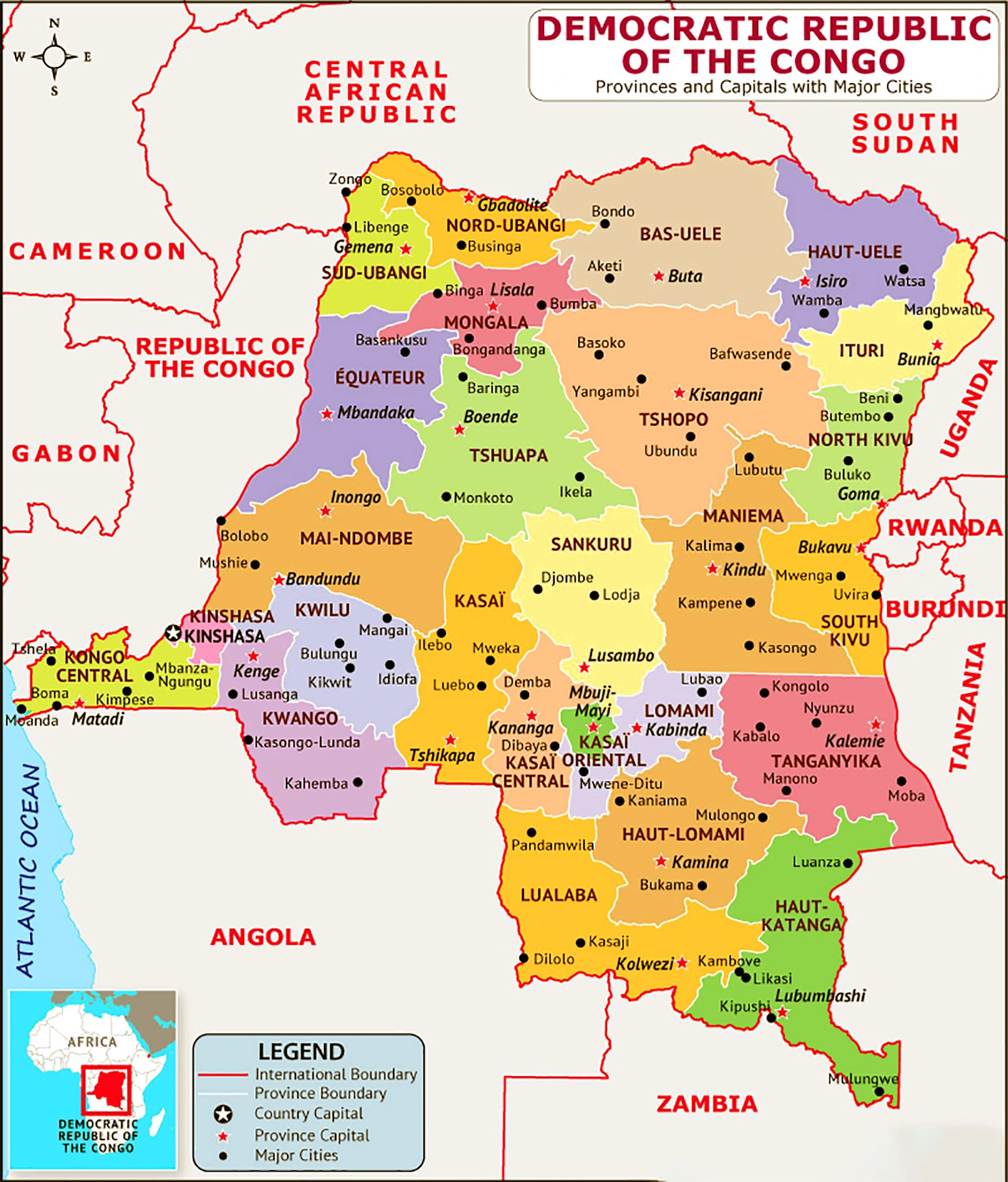
| Who are the major actors?
M23:
Other Actors: The Allied Democratic Forces (ADF):
Cooperative for Development of the Congo (CODECO):
East African Community (EAC): The East African Community (EAC) is a regional intergovernmental organisation of 6 Partner States. The Republic of Burundi, the Democratic Republic of the Congo, the Republic of Kenya, the Republic of Rwanda, the Republic of South Sudan, the Republic of Uganda, and the United Republic of Tanzania, with its headquarters in Arusha, Tanzania.
International Organisation of Migration: It was founded in 1951, and is dedicated to the idea that orderly and compassionate mobility is beneficial for both migrants and society as a whole. It is the foremost intergovernmental organization in the field of migration. As a related organization, IOM is a part of the UN system.
|
|---|
Reasons for displacement: The multiple rebel groups and several actors fighting in the region have carried out widespread killing, sexual violence, and massive human rights atrocities.
Source: The Hindu
About the Campaign: The Ministry of Housing and Urban Affairs (MoHUA) is all set to unveil a progressive initiative “Women for Water, Water for Women Campaign” under its flagship scheme – Atal Mission for Rejuvenation and Urban Transformation (AMRUT), in partnership with National Urban Livelihood Mission (NULM).
Atal Mission for Rejuvenation and Urban Transformation (AMRUT)
National Urban Livelihoods Mission (NULM):
|
|---|
The anticipated Outcomes of the Jal Diwali campaign include increased awareness and knowledge on water treatment, a sense of ownership and responsibility, promotion of inclusivity, empowerment of SHGs, positive community impact, and a model for future initiatives.
Source: PIB
About NATO
|
|---|
News Source: Indian Express
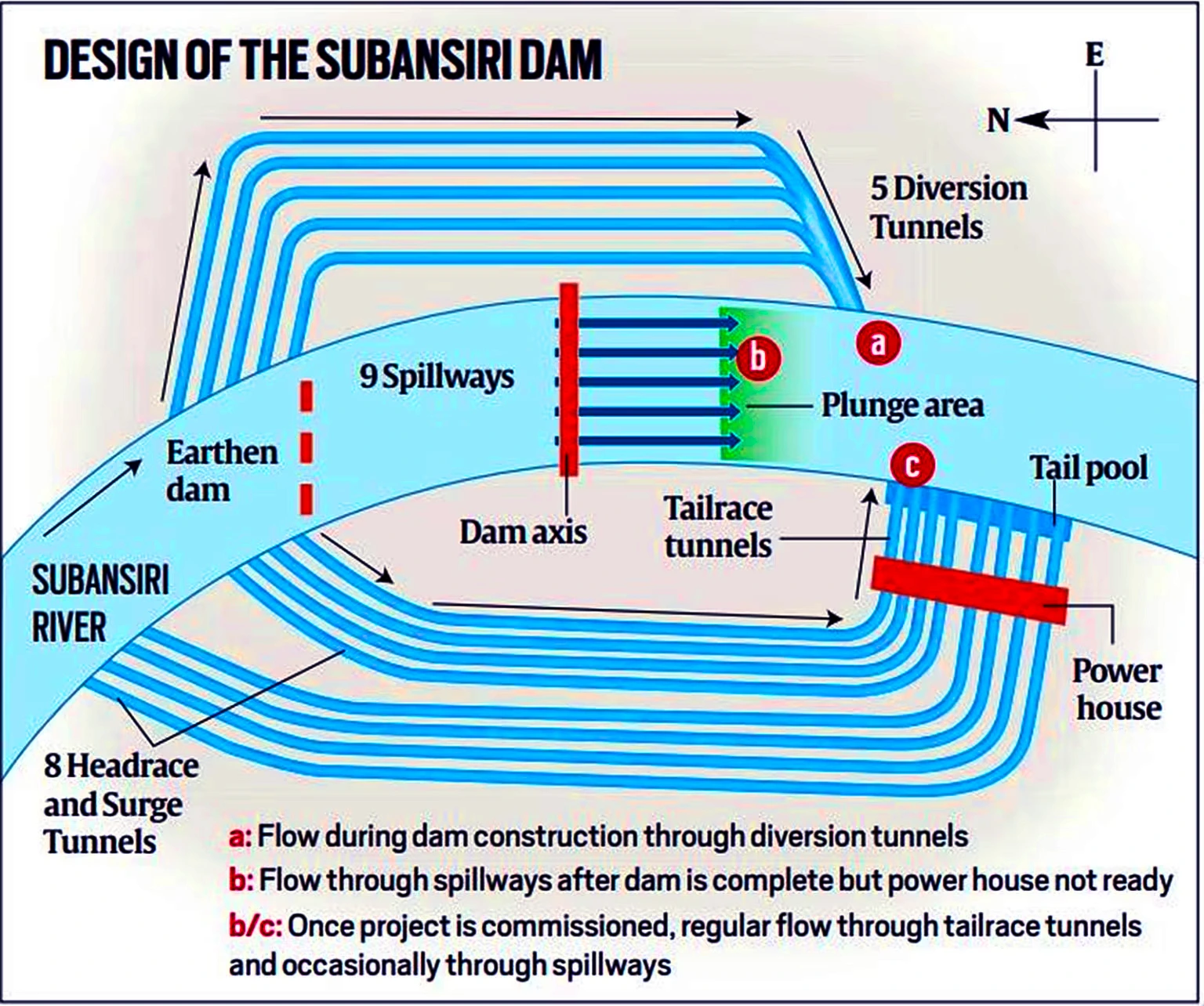
News Source: The Indian Express
About Tuberculosis (TB)
|
|---|
News Source: The Indian Express
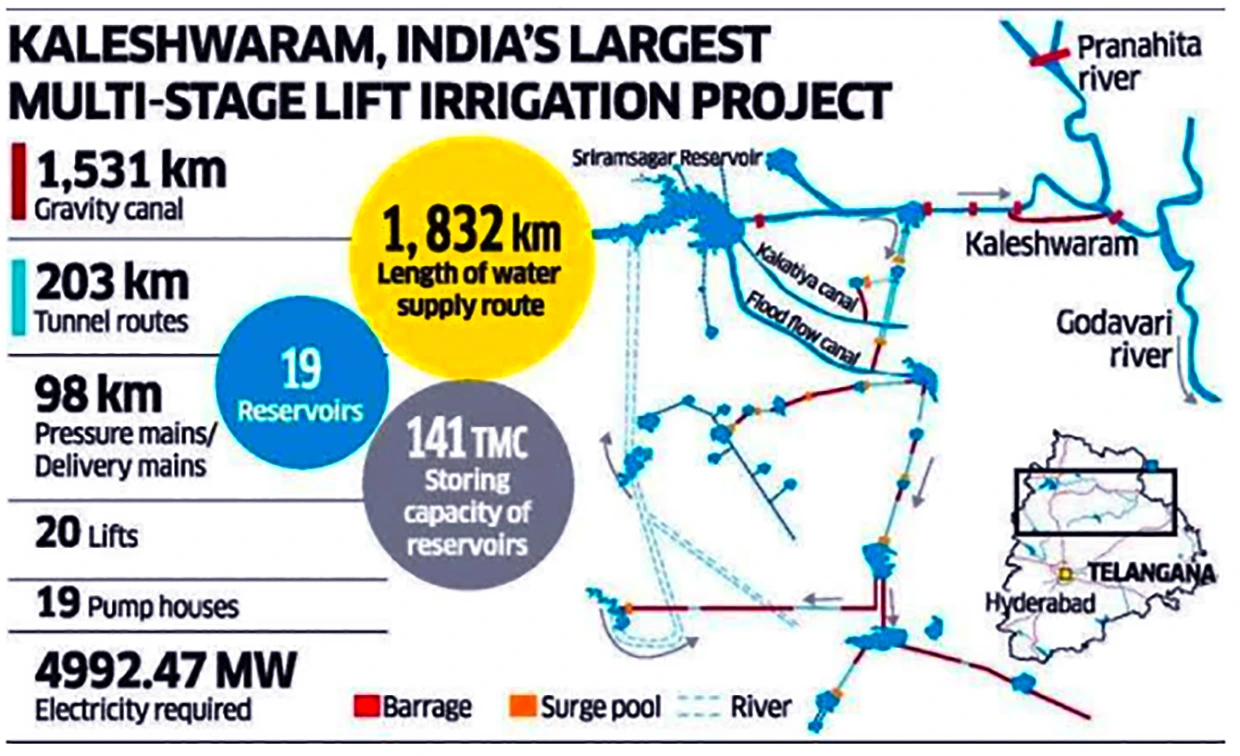
News Source: The Indian Express
|
|---|
About Food and Agriculture Organization (FAO):
|
|---|
News Source: DTE
To read more about the Aditya-L1 Mission, refer to the embedded link Aditya-L1 Mission.
News Source: Indian Express
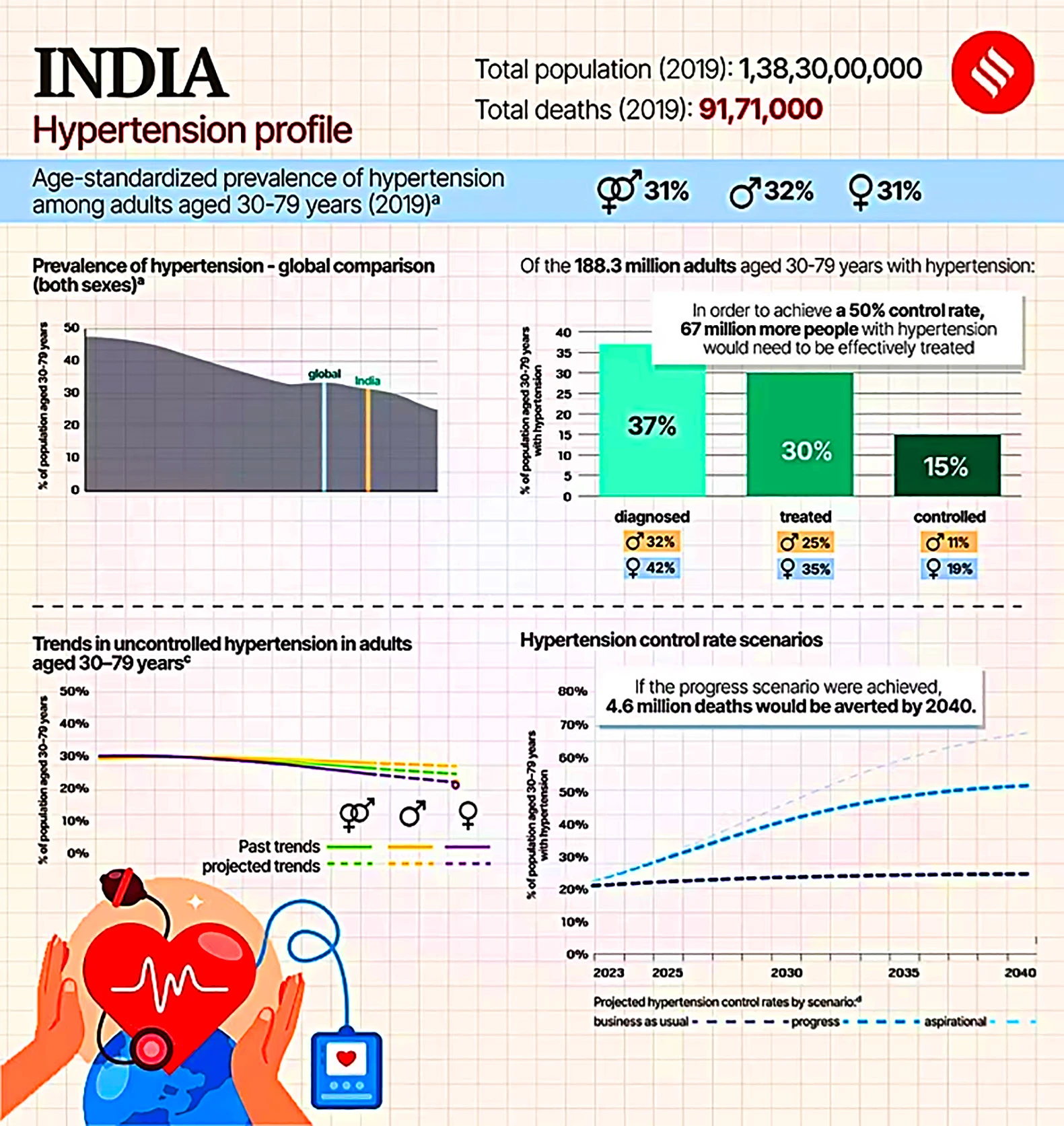
About Hypertension
|
|---|
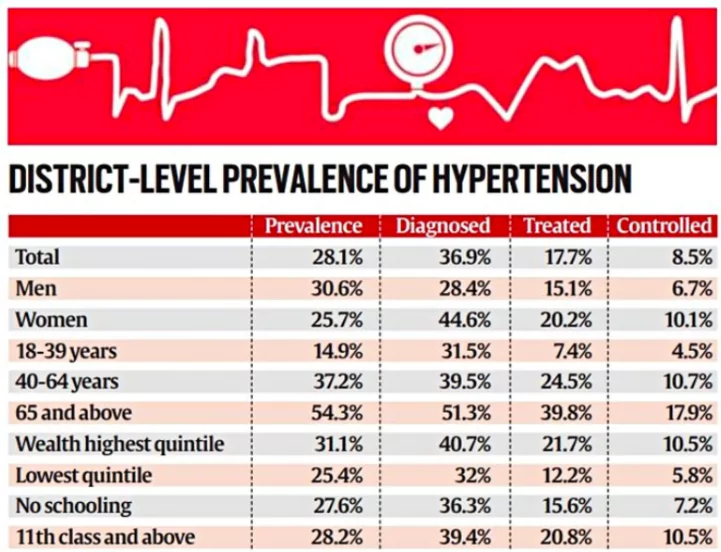
News Source: Indian Express
| Features | Old Pension Scheme (OPS) | New Pension Scheme or National Pension System (NPS) |
| Defined benefits |
|
|
| Pension Amount | It guarantees government employees 50% of their final drawn pay plus Dearness Allowance (DA) as a post-retirement income for life. | The pension amount is not fixed. |
| Eligibility | Applies exclusively to government employees. |
|
| General Provident Fund (GPF) | It includes a GPF to which every government employee contributes a portion of their salary. | There is no General Provident Fund (GPF) benefit. |
| Implementation | _ | Implemented and regulated by PFRDA (Pension Fund Regulatory and Development Authority) |
The ongoing discussion about whether to stick with the old pension system or adopt the new one in India boils down to ensuring retirees have a steady income versus managing the government’s financial burden, with a need for a balanced solution that addresses both concerns.
| Prelims Question (20)
Who among the following can join the National Pension System (NPS)? (a) Resident Indian citizens only (b) Persons of age from 21 to 55 only (c) All State Government employees joining the services after the state of notification by the respective State Governments (d) All Central Government employees including those of Armed Forces joining the services on or after 1st April, 2004 Ans: (c) |
|---|

| Related Information:
Industrial Management Pool Initiative:
|
|---|
Also Read: Role of Civil Servants in Civil Services
It would be in the best interest of India if administrative reforms are implemented with more rigor while infusing fresh blood in our administration to allow us to grow faster in our Amrit Kaal phase and achieve our goal of reaching $30 trillion in GDP by 2047 and becoming a developed country.
| Mains Question: Discuss the Public Services Code as recommended by the 2nd Administrative Reforms Commission. (150 words, 10 Marks) |
|---|
Union Cabinet Approves National Sports Policy 2025...
What are Altermagnets? A Breakthrough in Magnetism...
India’s 7-Point Strategy for Sustainable Gro...
Cabinet Approves Employment Linked Incentive Schem...
INS Udaygiri Delivered Under Project 17A to Indian...
SC Issues Implemented Reservation Roster for SC/ST...
<div class="new-fform">
</div>